For those of you who don't know what I'm talking about when I mention focus stacking, I'll try to explain it here.
Working close-up to a subject reduces the depth of field quite a bit, which can be lovely, but sometimes we need a bit more of the subject in focus to do it justice. During a focus stack, we shoot multiple images, each frame focusing deeper into the scene.
The final result is a perfectly sharp subject. The whole process takes around a second or two (which is just enough time for me to snack on a bourbon biscuit).
A huge benefit of shooting this way rather than closing the aperture down to F11 (or more) is that we don’t lose ambient light or introduce diffraction, and we still maintain a nice smooth background so that our main subject stands out. Lovely!
We can now choose from between 3 and 15 frames and the camera will automatically shoot and blend them together to produce a JPEG output. We also have the option to combine the RAW files later. The JPEG is useful because we have instant confirmation that a focus has worked, saving a lot of time and heartache when we get home. But wait…it gets even better! We also have the flexibility to choose how large a step the focus should take between each frame; giving us total creative control over our photography.
Typically, at 1:1 magnification I would aim to use 15 frames with the focus differential set to 5 and set an aperture of F5.6. With a little practice, we can get some really cool results by experimenting with different settings.
When we use the in-camera Focus Stacking feature, the camera will capture the first frame at our chosen focal point, then jump two steps closer to the lens before making its way back to complete the stack. With this in mind, I would recommend starting at the eyes if you are photographing insects, small animals.
It’s important to remember that if you choose a large focus differential, you may need to select a narrower aperture to increase the depth of field. This helps to make sure that the in-focus areas overlap properly.
I hope that this was helpful to you and that you enjoy exploring the Macro world as much as I do.
Insects are struggling lately and need our help more than ever. So when we are out and about let’s take great care of them!
How to use the Olympus Focus Stacking mode
1 Press the menu button and navigate to Shooting Menu 2
2 Select ‘Bracketing’ and press the right navigation button followed by the down button to select ‘On’, then press the right button again.
3 Now scroll down to the bottom of the bracketing options and select Focus BKT before pressing the right navigation button.
4 Scroll down to ‘On’ and press the right button again.
5 Now you can see the focus stacking options. Simply scroll down using the navigation controls to select each item and use the right navigation button followed by the up and down buttons to access and set the settings.
6 The first step is to set the number of shots. You can set between 3 and 15. If you’re not sure, go for 15 as this gives you the widest scope.
7 Next, set the focus differential. This is how much the camera shifts the focus between each shot. There’s a range from 1 to 10 with 10 being the greatest shift in focus. Very wide scenes, such as landscapes, require a larger shift than a macro image. If you’re not sure, try 5 and see how it works for the scene. Over time you’ll develop a feel for the range you need.
8 If you want to use flash and you’re not using an Olympus flashgun, you need to set the Charge time. That’s how long the camera waits for the flash to charge between shots when using a flash.
9 Once you made your setting selections, make sure that Focus Bracketing is set to ‘On’ and press the OK button repeatedly to move back through the menu.
10 The camera will display a BKT icon and a keyline shows the framing of the final image.
11 deally, with the camera on a tripod, compose the shot and press the shutter release as normal.
12 The camera will shoot the number of images that you specified and then composite them into one Jpeg with greater depth of field.
13 To turn off the Focus Stacking either go back into the menu, or on OM-D E-M1X, press the Bracket (BKT) button on the top plate. You can also use this button to turn it back on again.
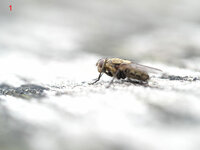
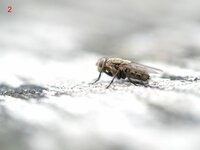
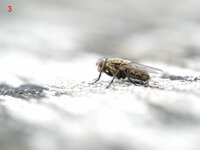
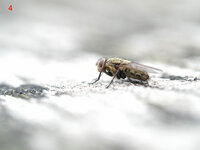
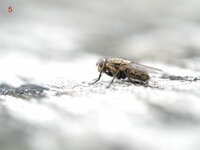
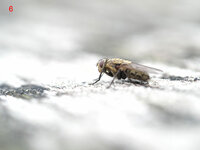
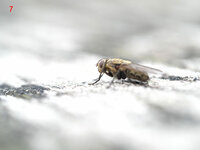
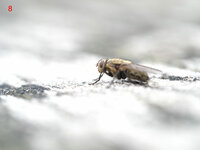
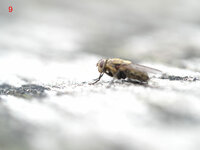
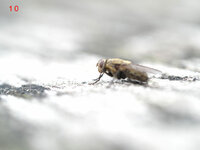
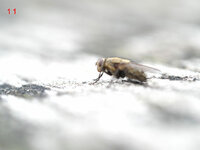
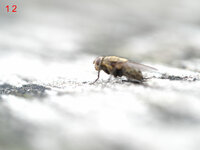
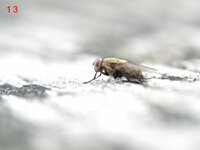
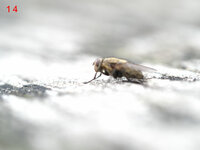
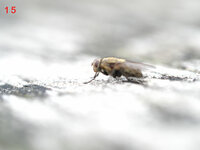
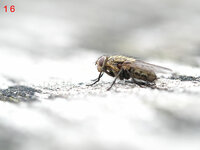
The 16th photo can edit yourself a bit if you want.
I usually sharpen a bit and adjust the colors a bit.
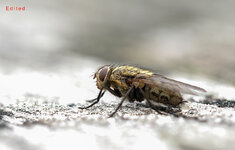
Working close-up to a subject reduces the depth of field quite a bit, which can be lovely, but sometimes we need a bit more of the subject in focus to do it justice. During a focus stack, we shoot multiple images, each frame focusing deeper into the scene.
The final result is a perfectly sharp subject. The whole process takes around a second or two (which is just enough time for me to snack on a bourbon biscuit).
A huge benefit of shooting this way rather than closing the aperture down to F11 (or more) is that we don’t lose ambient light or introduce diffraction, and we still maintain a nice smooth background so that our main subject stands out. Lovely!
We can now choose from between 3 and 15 frames and the camera will automatically shoot and blend them together to produce a JPEG output. We also have the option to combine the RAW files later. The JPEG is useful because we have instant confirmation that a focus has worked, saving a lot of time and heartache when we get home. But wait…it gets even better! We also have the flexibility to choose how large a step the focus should take between each frame; giving us total creative control over our photography.
Typically, at 1:1 magnification I would aim to use 15 frames with the focus differential set to 5 and set an aperture of F5.6. With a little practice, we can get some really cool results by experimenting with different settings.
When we use the in-camera Focus Stacking feature, the camera will capture the first frame at our chosen focal point, then jump two steps closer to the lens before making its way back to complete the stack. With this in mind, I would recommend starting at the eyes if you are photographing insects, small animals.
It’s important to remember that if you choose a large focus differential, you may need to select a narrower aperture to increase the depth of field. This helps to make sure that the in-focus areas overlap properly.
I hope that this was helpful to you and that you enjoy exploring the Macro world as much as I do.
Insects are struggling lately and need our help more than ever. So when we are out and about let’s take great care of them!
How to use the Olympus Focus Stacking mode
1 Press the menu button and navigate to Shooting Menu 2
2 Select ‘Bracketing’ and press the right navigation button followed by the down button to select ‘On’, then press the right button again.
3 Now scroll down to the bottom of the bracketing options and select Focus BKT before pressing the right navigation button.
4 Scroll down to ‘On’ and press the right button again.
5 Now you can see the focus stacking options. Simply scroll down using the navigation controls to select each item and use the right navigation button followed by the up and down buttons to access and set the settings.
6 The first step is to set the number of shots. You can set between 3 and 15. If you’re not sure, go for 15 as this gives you the widest scope.
7 Next, set the focus differential. This is how much the camera shifts the focus between each shot. There’s a range from 1 to 10 with 10 being the greatest shift in focus. Very wide scenes, such as landscapes, require a larger shift than a macro image. If you’re not sure, try 5 and see how it works for the scene. Over time you’ll develop a feel for the range you need.
8 If you want to use flash and you’re not using an Olympus flashgun, you need to set the Charge time. That’s how long the camera waits for the flash to charge between shots when using a flash.
9 Once you made your setting selections, make sure that Focus Bracketing is set to ‘On’ and press the OK button repeatedly to move back through the menu.
10 The camera will display a BKT icon and a keyline shows the framing of the final image.
11 deally, with the camera on a tripod, compose the shot and press the shutter release as normal.
12 The camera will shoot the number of images that you specified and then composite them into one Jpeg with greater depth of field.
13 To turn off the Focus Stacking either go back into the menu, or on OM-D E-M1X, press the Bracket (BKT) button on the top plate. You can also use this button to turn it back on again.
















The 16th photo can edit yourself a bit if you want.
I usually sharpen a bit and adjust the colors a bit.

Last edited:
